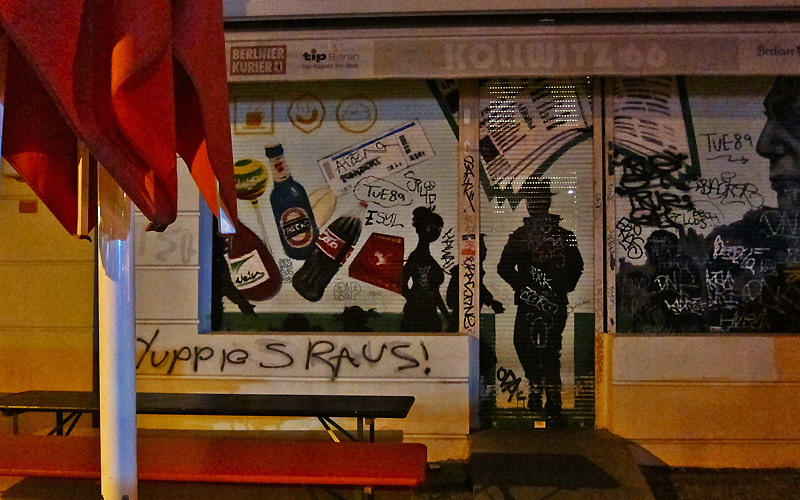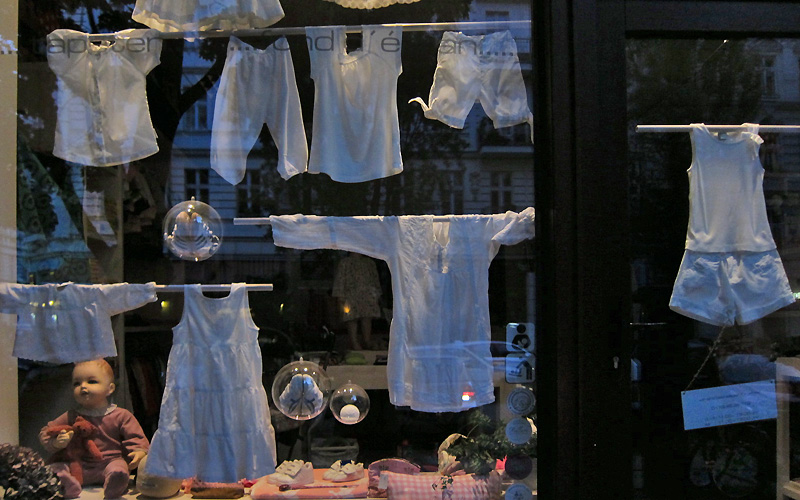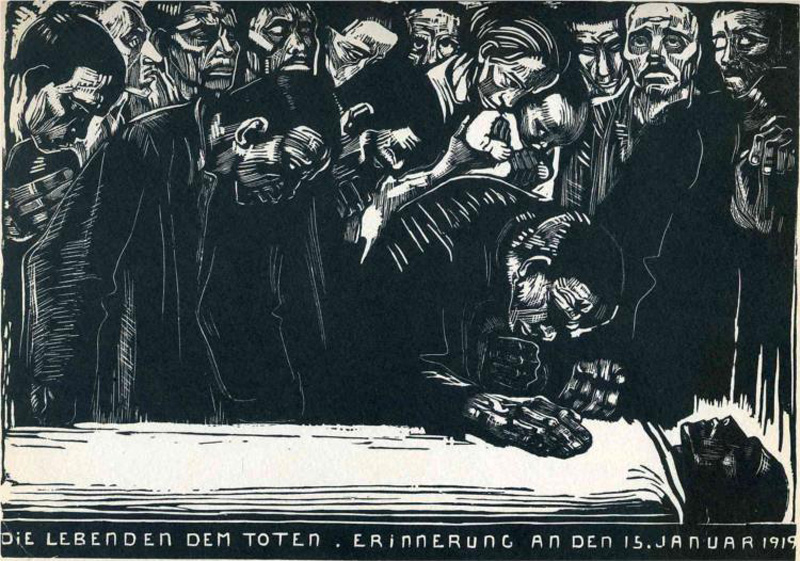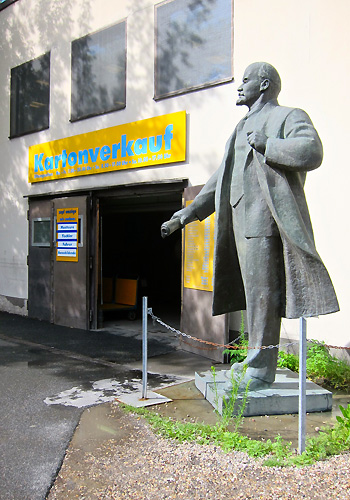 “Berlin-prettier than ever!” beckons the 1947 prop art poster for Soviet East Berlin’s 5-year plan for the rebuilding of social housing and infrastructure following the devastation of the Allies’ bombardment and the Soviet invasion.
“Berlin-prettier than ever!” beckons the 1947 prop art poster for Soviet East Berlin’s 5-year plan for the rebuilding of social housing and infrastructure following the devastation of the Allies’ bombardment and the Soviet invasion.
Distance provides perspective. Unpacking our mental suitcase from a recent summer holiday in graffitti-bedighted East Berlin, we edit snapshots, positioning them for inevitable comparisons to our own living situation, in our own neighborhood in the Western Addition considering topics of street art, gentrification, bicycles, social housing, memorials and population relocation.
The changes in Berlin have been cataclysmic. A city of 4.5 million in 1939, the population now stands at 3.5 million, 25% un-occupied, uncrowded and affordable. For those with connections to Eastern European immigrants, the absence of a vibrant Jewish culture in Berlin is a palpable loss. The World War and Cold War past is still present in the empty lots, the bullet-pocked plaster, the missing windows, and graffitied squats standing side by side with chic window displays, hot clubs, cool condos and high art.
Berlin is not an elegant city, but it is emotionally exciting and easy to live in with a historical investment in the public realm of trains, subways and buses, parks and benches, street trees and street life, bike paths, museums and memorials. Curiously and unlike San Francisco, Berlin–at least in parts–appears indifferent to sidewalk maintenance, graffiti removal and sidewalk obstructions–elements of the public realm whose vigilant maintenance is a San Francisco obsession with repeated inspections, personal warning notices, and offers of rewards for informants.

The twice graffitied “YUPPIES GET OUT” adds an edgy touch to a sidewalk cafe in the leafy Prenzlauer Berg district in Berlin. Nearby, an eery display of children’s garments graces a kiddie clothing store appealing to the new hipster parents and a younger fashionable clientele.

For centuries a rebellious enclave of breweries and politics, Prenzlauer Berg, a less bombed, more neglected, tree-lined district was home to Weimar political riots, pre-deportation Jews, 30’s Communist supporters, 70’s artists, musicians and dropouts, 80’s Communist dissidents, 90’s squatters and punks, each group pushed along by the next, all enjoying a neighborhood providing a diverse if changing street life, a diversity of housing types and a fractious diversity of opinions. Famous denizens include Marxist martyrs Rosa Luxemborg and Karl Liebknecht, and Kathe Kollwitz, artist of the proletariat, and punk eccentric Nina Hagen. The neighborhood continues to change, recently becoming a well-priced option for an influx of West Berlin families.
Kollwitz’s death portrait, Memorial for Karl Liebknecht, is shown below.

We stayed in Prenzlauer Berg in a young ex-pat’s Airbnb vacation rental, a charming, bright, high-ceilinged late-19th Century apartment. Through tall, uncurtained windows, one looks across the street to the broken windows of a largely abandoned brewery housing an art center, repair shop and rockabilly bar. On Sunday mornings church bell chimes mixed with bass thumps from an all-night club. In this heady atmosphere it is difficult not to fantasize about the promise in the half-occupied fixer-uppers. With the fall of the Wall and the equalizing advantages of socialism dismantled, East Berlin became a land of opportunity for Western squatters, opportunists and now families who possess all the unequal advantages of a free system.
 Metzer Eck has served Schnitzel and the Berlin favorite Hackepeter (raw ground pork) to locals for 99 years. Sharing a table and thoughts with Gert(promoter/producer) and Manfred(avant-garde electronic musician), both long-time residents of Prenzlauer Berg, talk turned from Hackepeter to the history of the pub, the long-standing bohemian community it fed, and the sweet-sour results of gentrification and, more broadly, of the collapse of the Berlin Wall. The Capitalism they have now promotes inequality. Communist control was flawed. “What is needed is a Third Way.”
Metzer Eck has served Schnitzel and the Berlin favorite Hackepeter (raw ground pork) to locals for 99 years. Sharing a table and thoughts with Gert(promoter/producer) and Manfred(avant-garde electronic musician), both long-time residents of Prenzlauer Berg, talk turned from Hackepeter to the history of the pub, the long-standing bohemian community it fed, and the sweet-sour results of gentrification and, more broadly, of the collapse of the Berlin Wall. The Capitalism they have now promotes inequality. Communist control was flawed. “What is needed is a Third Way.”
Like Western Addition in much of Berlin there is an attractive tension of a place not fixed and postcard perfect–not like Munich, not like San Francisco’s Marina or Marin, not like Alamo Square for that matter–but complicated, still struggling with the process of becoming something else while recognizing its difficult past. If there are lapses of conscience and historical recollection in Deutschland, it is certainly not evident in East Berlin. If anything, the Soviet Occupation built monuments, walls and governance on historical foundations of guilt, fear and suspicion. Since the 80’s resurgence of prosecuting war criminals and the 90’s outing of Stasi informers, there is a clear recognition that the process of remembrance and healing is ongoing and open-ended and healthier than forgetting.
 Don’t refuse, re-use. A re-purposed statue of Lenin decorates the entrance to a cardboard distribution warehouse.
Don’t refuse, re-use. A re-purposed statue of Lenin decorates the entrance to a cardboard distribution warehouse.
In the coming blog posts, we take a summertime holiday in East Berlin, looking at the politics of street art, and how and why to memorialize a painful past.

